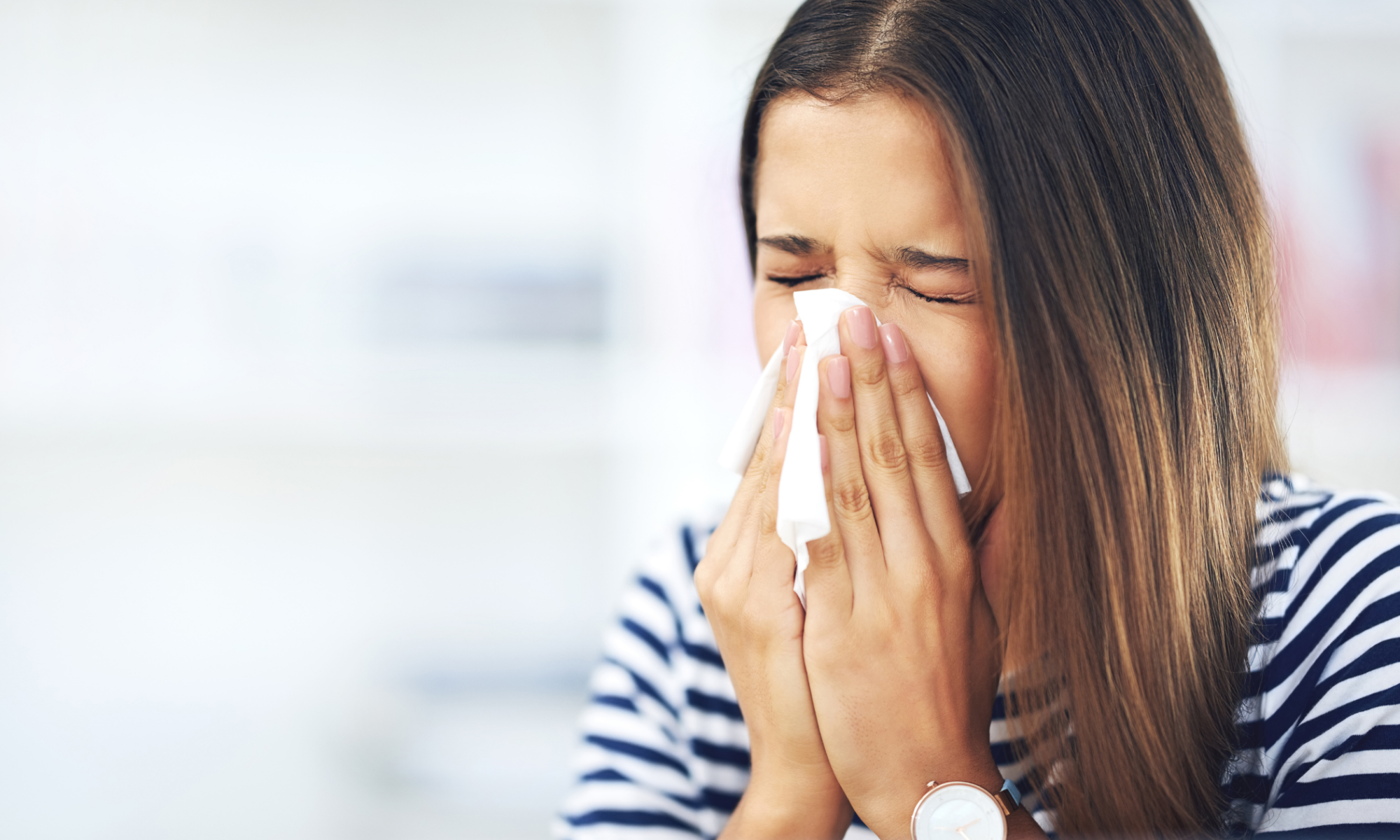If you wake up with a runny nose, sneezing and coughing – and overall, you just feel lousy – your first thought is probably that you’ve caught a cold. While that definitely may be the case, these are also typical symptoms of allergies. During this time of year, suffering from allergies is very common as pollen starts to fill the air. By better understanding the differences between the common cold and seasonal allergies, you will be able to choose the best treatment options and get back to feeling your best.
What is a Cold?
The common cold is a viral infection of the upper respiratory tract that affects the throat and nose. While it is usually harmless, the symptoms that come with it are less than pleasant. Many types of viruses can cause a cold, and while the severity of symptoms may vary, there are usually some common characteristics. Most healthy adults will get two or three colds per year, and despite the name, they can occur at any time of the year.
Symptoms:
- Fatigue
- Sneezing
- Coughing
- Runny nose
- Watery eyes
- Aches and pains
- Sore throat
- Fever
Treatment:
The common cold typically lasts about 7 to 10 days and can usually be treated at home. Since antibiotics only treat bacterial infections, they won’t help if you have a cold. In most cases, the only treatment is plenty of rest and liquids. However, there are medications and remedies that can help relieve symptoms while the virus runs its course.
- Cough syrup
- Decongestant nasal spray
- Pain relievers such as ibuprofen or acetaminophen
- Cough drops
- Using a humidifier
- Honey
- Warm liquids
What are Seasonal Allergies?
Allergies occur when your body’s immune system has an adverse reaction to something. When the body is exposed to environmental triggers such as pollen or dust, the body releases compounds, such as histamines, to fight what it thinks is a harmful substance. This overreaction causes sneezing, runny nose, and other symptoms that come along with allergies. There are many things people can be allergic to all year round, however, seasonal allergies are very common during the spring and fall.
Symptoms:
- Sneezing
- Coughing
- Sore throat
- Runny nose
- Nasal congestion
- Itchy watery eyes
- Skin rashes
- Hives
- Swelling
- Wheezing or difficulty breathing
Treatment:
The only effective way to prevent allergies is to avoid your triggers, which isn’t always possible. Similar to a cold, there are medications and remedies that can help relieve your symptoms.
- Antihistamines
- Decongestants
- Nasal corticosteroids
- Eye drops
- Allergy shots
- Saline spray
- Using a humidifier
How to Know the Difference
The best way to decide whether you are suffering from the common cold or seasonal allergies, is to focus on the symptoms that they do NOT share. If you’re extremely tired, are experiencing aches and pains and have a sore throat, you probably have a cold. If your eyes are itchy, you’re wheezing and you have a rash, you most likely have allergies. While many of the symptoms are similar, these two conditions are very different. Knowing which you have will help you decide on the best treatment options.




